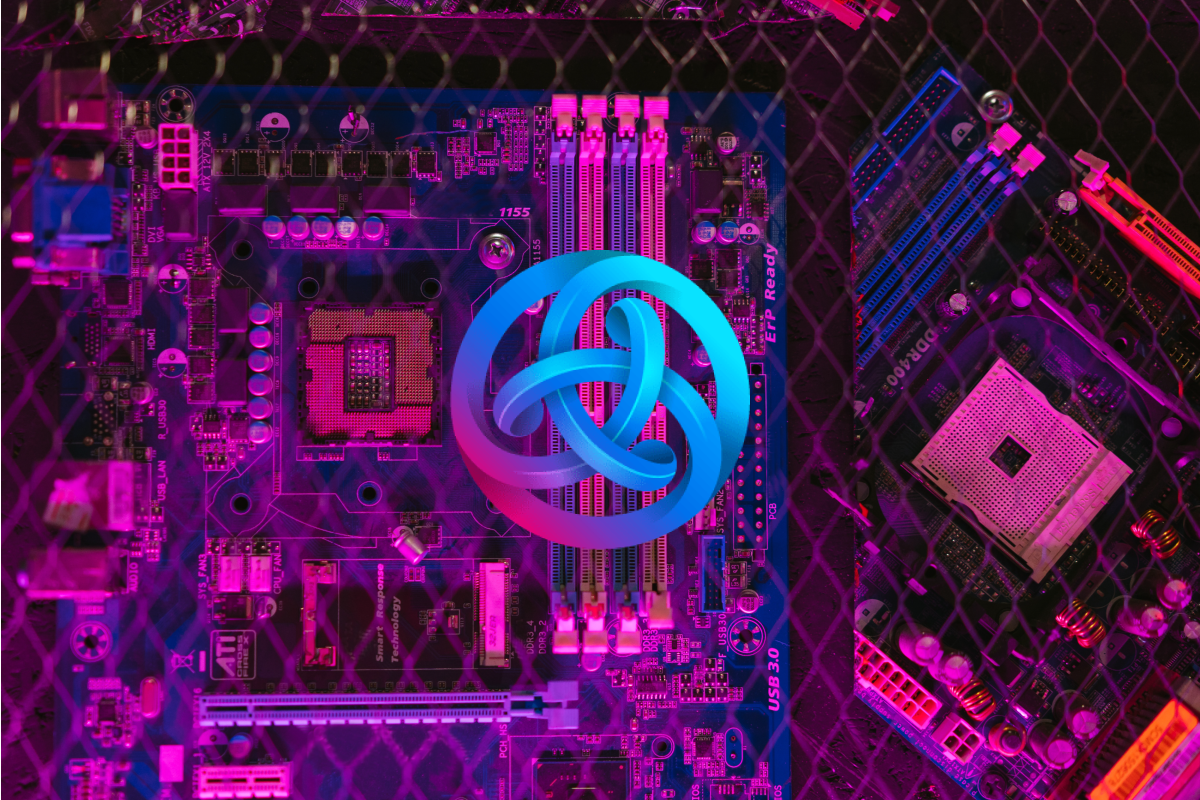What is Astar Network?
Astar Network is a layer-1 blockchain built on Substrate that supports both EVM and WebAssembly smart contracts. It is designed to be a smart contract hub for the Polkadot ecosystem, providing developers with a one-stop shop for building and deploying dApps. Astar Network is known for its unique Build2Earn program that rewards developers for building and maintaining dApps on the network. One of the problems they faced was the distribution of rewards through the Build2Earn program.
What problems did they face?
Unbalanced distribution of rewards to dApp builders: Since dApp builders are agents that bring new value to the network, they must be rewarded in such a way that the ratio of the reward they receive and the contribution they brought is optimal. In Astar’s old inflation model, the differences in dApp builders rewards were huge, the new model brought more equal rewards and the ability for new applications to compete equally with others. The new “Build to Earn” model encourages active network engagement, reducing token hoarding.
Excessive inflation: High inflation can erode token value. And too little inflation can result in agents not being sufficiently rewarded for their contributions. A new inflation model and burn mechanism is established so that each new token is utilized as efficiently as possible and contributes to the growth of the network.
Mismatch of EVM and WASM fees: This problem was purely mathematical in nature and required matching the formulas for calculating the fees so that the differences in the fees were as small as possible (since the formulas are basically different, it was not possible to match them completely).
Collaboration with MVP
In order to test the new token economy, MVP Workshop created a modular dynamical-systems model, based on the open-source Python library cadCAD, that simulates the actions of different agents.
Model features:
- Calculating of staker’s (for both voters and lockers) APR for dynamic movement of TVL (total value locked);
- Dynamically changing the number of slots per tier for different token price movement scenarios (Bear and Bull market);
- Calculating of dApp builder rewards for different token price movement scenarios (Bear and Bull market);
- Calculating of tokens burned for different scenarios of tier fullness and TVL;
- Dynamic movement and comparison of fees for EVM and WASM transactions.
Conclusion
In summary, Astar Network’s audit and proposed changes promise a more sustainable and equitable future. With aligned fees, lower inflation, fairer rewards, and innovative burn mechanism, the utilization of tokens injected into the system will become much higher.



